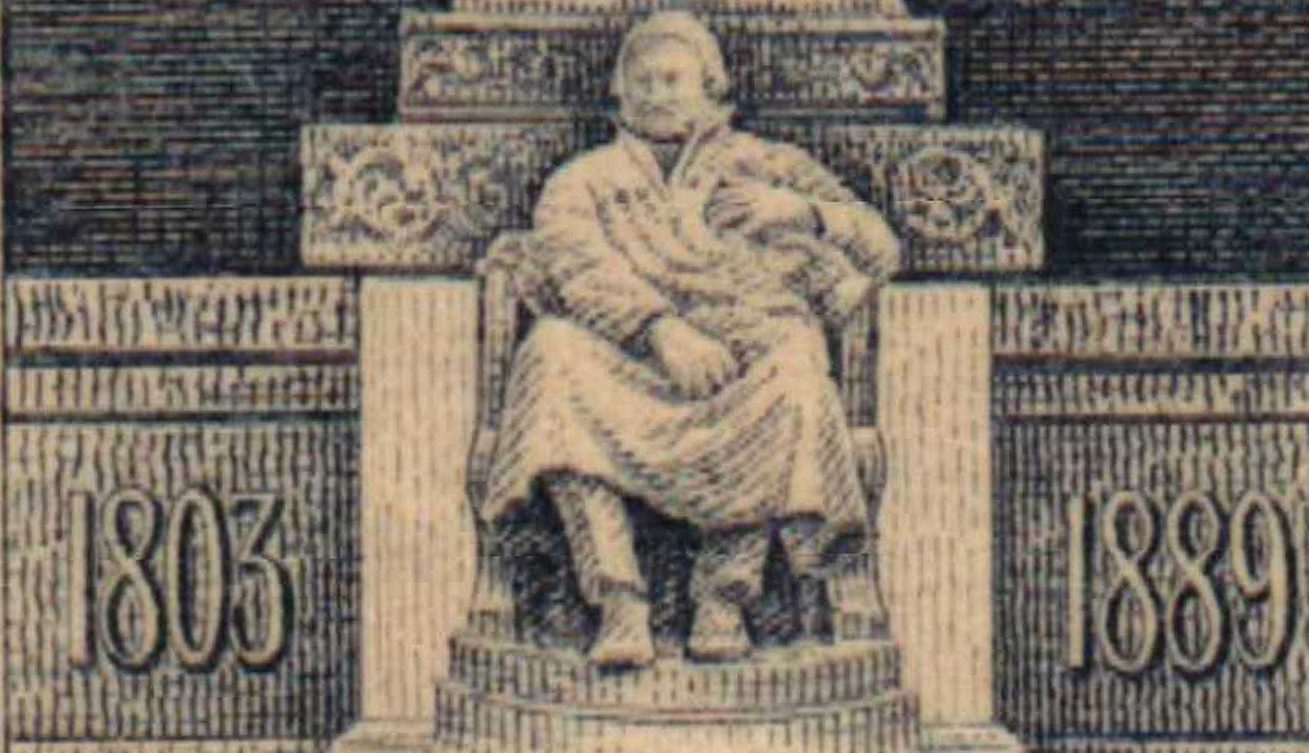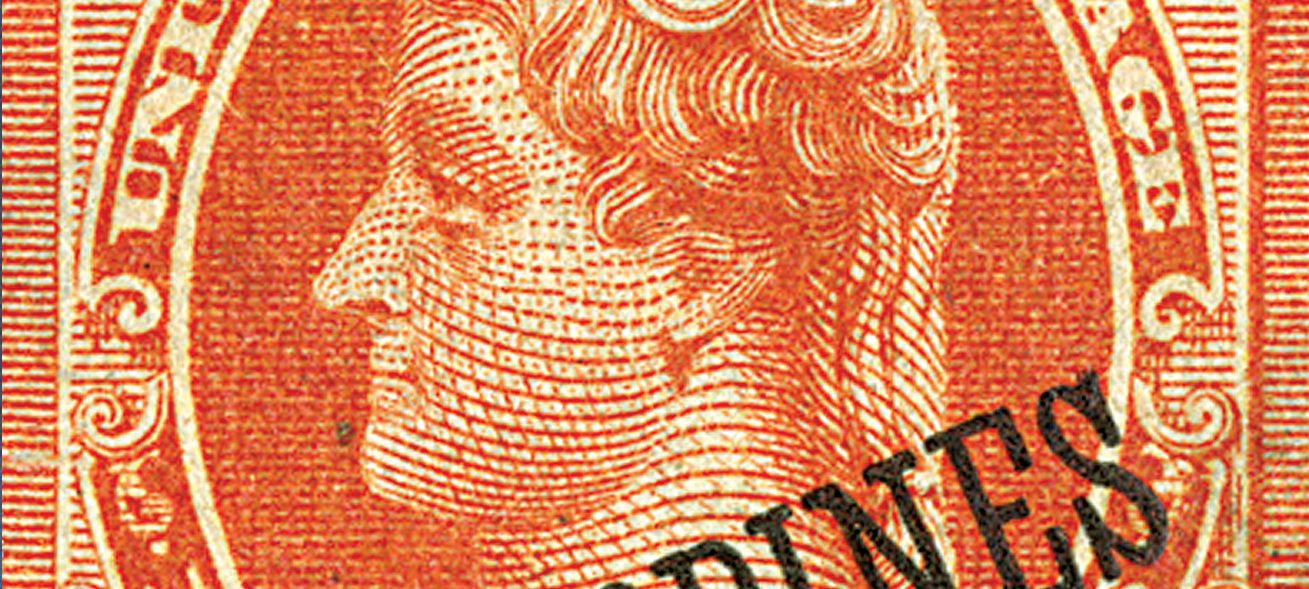Birth of John Ericsson
John (Johan) Ericsson was born on July 31, 1803, in Värmland, Sweden. He was an inventor and ship designer, most famous for his ironclad ship Monitor, which participated in the Civil War Battle of Hampton Roads.
Happy Holidays! Enjoy a FREE 2026 Stamp Calendar With Purchases of $100 or More. While Supplies Last

John (Johan) Ericsson was born on July 31, 1803, in Värmland, Sweden. He was an inventor and ship designer, most famous for his ironclad ship Monitor, which participated in the Civil War Battle of Hampton Roads.

Stephen Vincent Benét was born on July 22, 1898, in Bethlehem, Pennsylvania. A two-time Pulitzer Prize winner, he’s best known for his historically inspired poems, short stories, and novels.

On July 9, 1863, Confederate forces surrendered Port Hudson, Louisiana, ending a 48-day siege. The longest siege in American history, the victory returned control of the Mississippi River to the Union.

On July 1, 1862, President Abraham Lincoln signed the Revenue Act of 1862 into law, to help fund the Civil War. Revenue stamps remained in use off an on for a century, paying the tax on a wide variety of items.

On June 30, 1899, the American military government issued its first stamps in the Philippines. Spanish colonization of the Philippines began in 1565 and continued for more than three centuries. In the late 1800s, the people of the Philippines revolted against the atrocities of their Spanish rulers. At the same time, unrest was growing in the Spanish colony of Cuba.

On June 20, 1863, West Virginia joined the Union as the 35th state. It had formed from the western counties of Virginia which disagreed with the state’s decision to secede during the Civil War.

On June 19, 1865, slaves in Galveston, Texas, were finally informed of their freedom by the Emancipation Proclamation (issued two years prior). The day the last American slaves were freed has become a federal holiday observed across the country.

On June 15, 1864, Arlington National Cemetery was officially established. It has since become the final resting place for over 420,000 military servicemen and women.

On June 13, 2002, the USPS issued the final sheet in the Classic Collection Series. The popular series ran for 6 years and included 11 stamp sheets, including one of the most famous stamp errors of modern history.